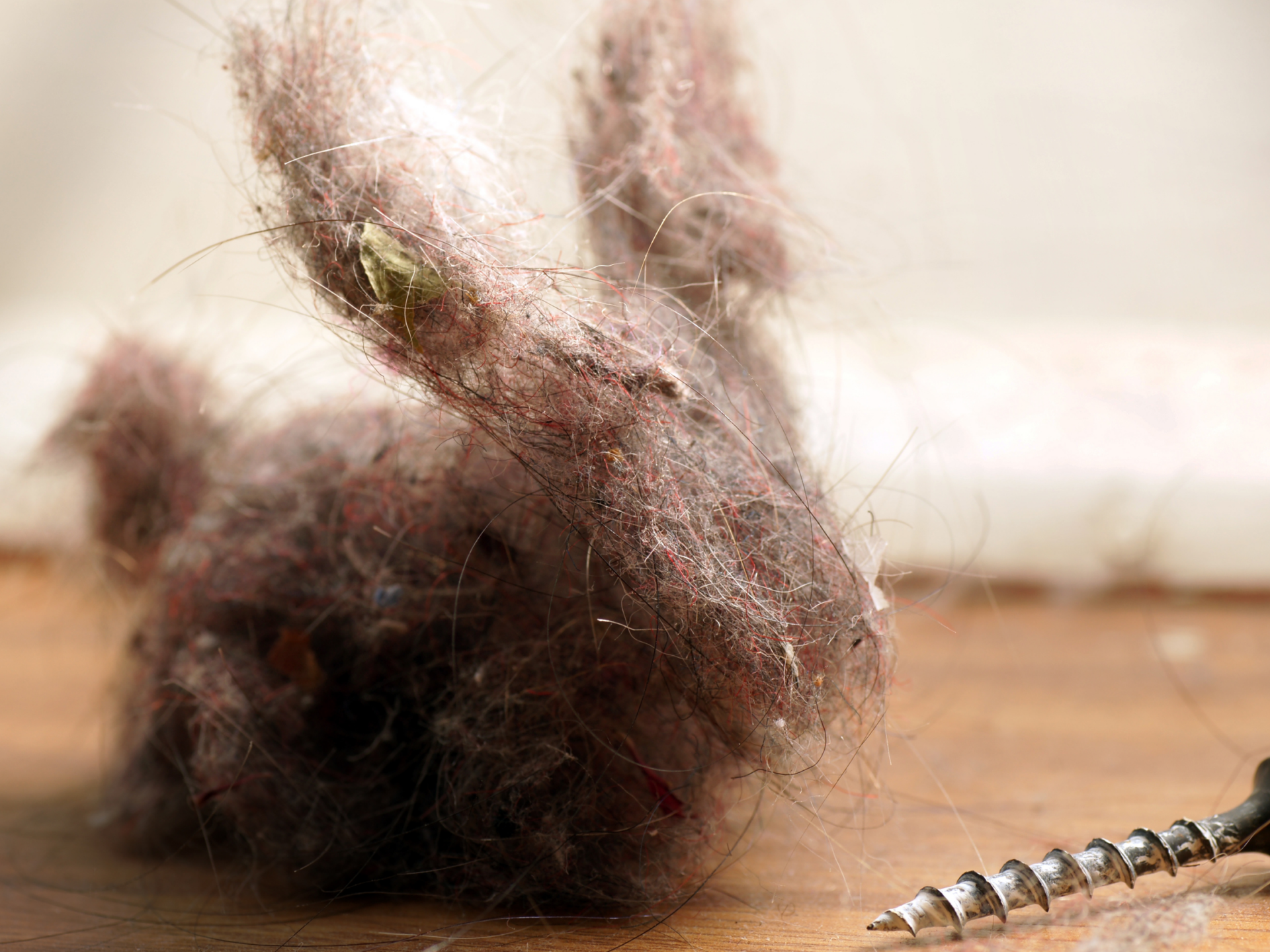
Creating an allergen-free home can significantly improve your quality of life, especially if you or someone in your family suffers from allergies. This guide will walk you through practical steps to minimize allergens in your home, focusing on common irritants such as dust mites, pet dander, pollen, and mold.
Step 1: Maintain a Clean Environment
Regular Dusting and Vacuuming
Dust mites are a common cause of allergic reactions. To combat these tiny pests:
- Dust surfaces weekly using a damp cloth, which helps prevent dust from becoming airborne.
- Vacuum carpets and upholstery at least once a week with a vacuum cleaner equipped with a HEPA filter, as it can trap fine particles of dust better than regular vacuums.
Declutter
Clutter can trap and hold dust that can trigger allergies.
- Reduce clutter where dust accumulates, such as on bookshelves, tabletops, and in corners.
- Store items in closed containers rather than leaving them exposed on shelves.
Step 2: Optimize Your Home’s Air Quality
Use Air Purifiers
Air purifiers can remove particles including pollen, pet dander, and even mold spores from the air.
- Place air purifiers in commonly used areas and bedrooms to clean the air continuously.
Control Humidity
Mold and dust mites thrive in high humidity.
- Keep indoor humidity between 30% and 50%. Use a dehumidifier if necessary, especially in damp areas like basements.
Ventilate
Allow fresh air to circulate and dilute indoor airborne contaminants.
- Open windows regularly, if outdoor allergens are not a concern, to increase ventilation.
Step 3: Focus on Specific Areas
Bedrooms
Since we spend about a third of our day in the bedroom, it’s crucial to make it as allergen-free as possible.
- Use allergen-proof bed covers to encase mattresses and pillows, which can prevent dust mite accumulation.
- Wash bedding weekly in hot water to kill dust mites and remove allergens.
Bathrooms
Bathrooms can be a breeding ground for mold.
- Use an exhaust fan during and after showers to reduce moisture.
- Regularly clean all surfaces to prevent mold growth, using mold-killing products.
Kitchen
Food debris can attract pests and contribute to poor indoor air quality.
- Store food in sealed containers and clean up crumbs and spills immediately.
- Use an exhaust fan to vent odors and moisture from cooking outside.
Step 4: Adjust Your Living Habits
Pet Care
Pet dander is a common allergen; even hypoallergenic breeds can carry allergens.
- Keep pets out of bedrooms and off upholstered furniture.
- Bathe pets weekly to reduce the amount of dander they shed.
Flooring
Hard flooring doesn’t trap allergens as much as carpets do.
- Consider replacing carpets with hardwood, tile, or linoleum flooring for easier cleaning and less allergen accumulation.
Smoking
Cigarette smoke can exacerbate allergy symptoms.
- Maintain a smoke-free home. If smoking is necessary, ensure it is done outside, away from doors and windows.
Conclusion
Allergy proofing your home involves a combination of thorough cleaning, optimizing air quality, and adjusting daily living habits to create a healthier living environment. While it can take some effort to implement these changes, the benefits for allergy sufferers can be life-changing. Start with one room at a time, and gradually extend these practices throughout your home to effectively reduce allergens and improve indoor air quality.
Do you need help allergy proofing your home? Contact us at 479-330-0202 or email us at contact@bustedknucklescleaning.com.

0 Comments